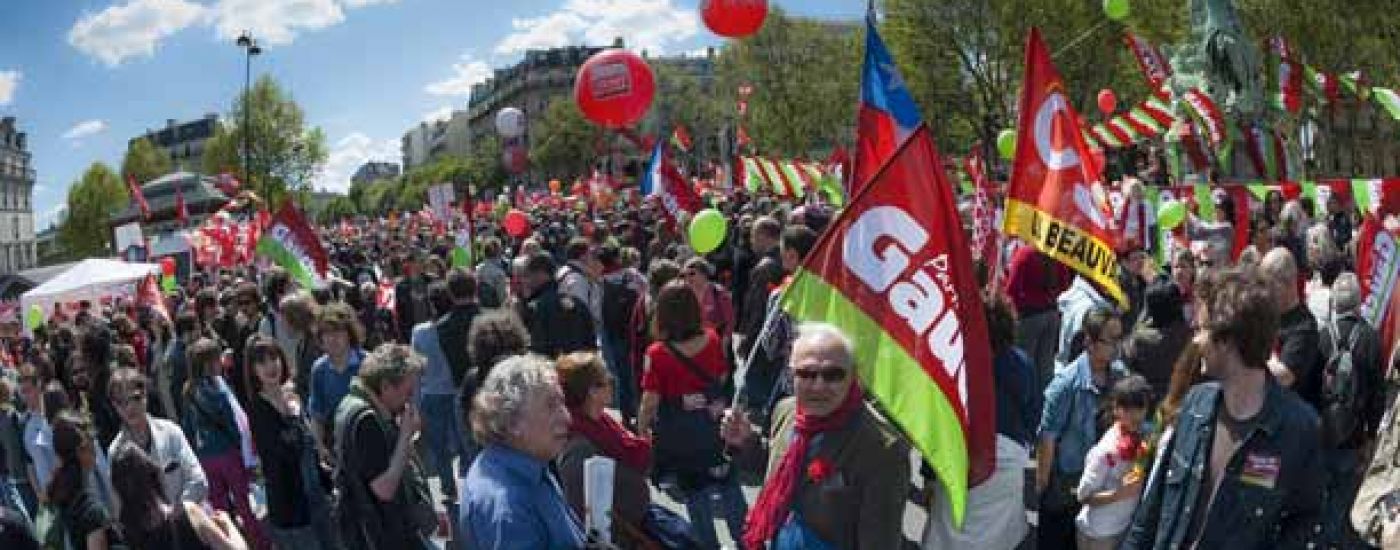In France, Labour Day is the only public holiday that is compulsorily off but paid. Any worker requisitioned on 1 May receives double pay. Often associated with the Vichy regime and Marshal Pétain, its roots are nevertheless to be found on other continents and hide a real history.
May Day: Australian and American origins
Around the world, the French are often seen as the kings of demonstrations and strikes. It is therefore logical to think that this holiday has its origins there. But the reality is much more complex! It is to the Australians that we owe this famous public holiday. In 1856, the workers decided to go on strike in order to obtain an 8-hour working day. The idea reached the ears of the Americans, who followed suit on 1 May 1886. This was a symbolic date, as it corresponded to the first day of the business year. The process was more chaotic: after four days of demonstrations, there were injuries and deaths. As a tribute to the American victims, 1 May is now International Workers' Day.
May Day in France
It was not until 1889 that the seed was planted in France. The first May Day took place in France in 1890. The workers marched to demand the eight-hour day. They wore a red triangle in their buttonholes. Its three sides symbolise the division of time between work, leisure and sleep. In 1891, it was renewed but turned into a drama with several deaths.
The 1st of May became a day of workers' demonstrations in France. This date also echoes violent events, such as Fourmies in 1891 or Paris in 1906. The government of Georges Clémenceau created the Ministry of Labour in October 1906 to become the focal point for workers' demands. Shortly before 1 May 1919, the law legalised the reduction of working hours to eight hours a day.
In 1941, Marshal Pétain renamed Workers' Day, which then became "Labour and Social Concord Day". This day became a paid holiday in 1947. On 26 April 1946, the government officially recognised May Day as a public holiday. From then on, it was no longer a strike day. It also turned the page on the Vichy regime by giving it back to the workers for good. In 1948, it became a public holiday.
Lily of the valley: the symbol of this tradition
During the first workers' parade on 1 May 1890, workers wore a red triangle to symbolise their demands. 8 hours of work, 8 hours of sleep, 8 hours of leisure. It was soon replaced by a red rose hip, then by a sprig of lily of the valley in 1907. This flower, celebrating the return of the beautiful season, is also considered by many as a good luck charm. The tradition linked to the lily of the valley goes back to the time of Charles IX, in the 16th century, who used to offer it to the ladies of his court. Four centuries later, the flower is again in the spotlight and is now associated with Labour Day.
May Day has a special meaning for all French people but it is also celebrated in many other countries around the world!

